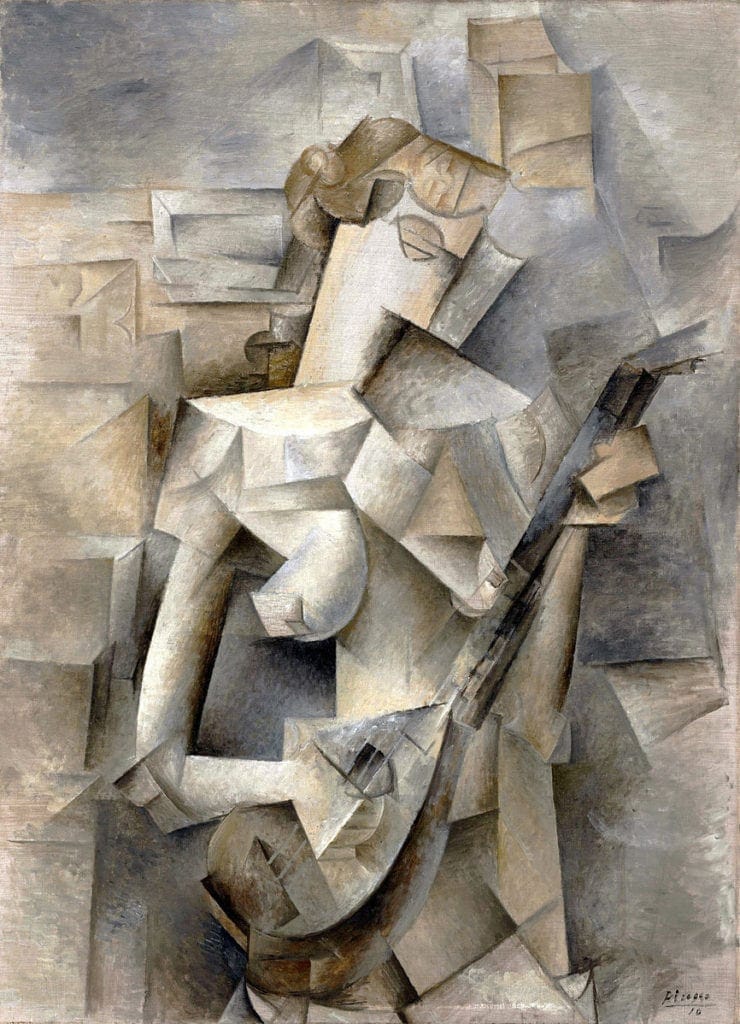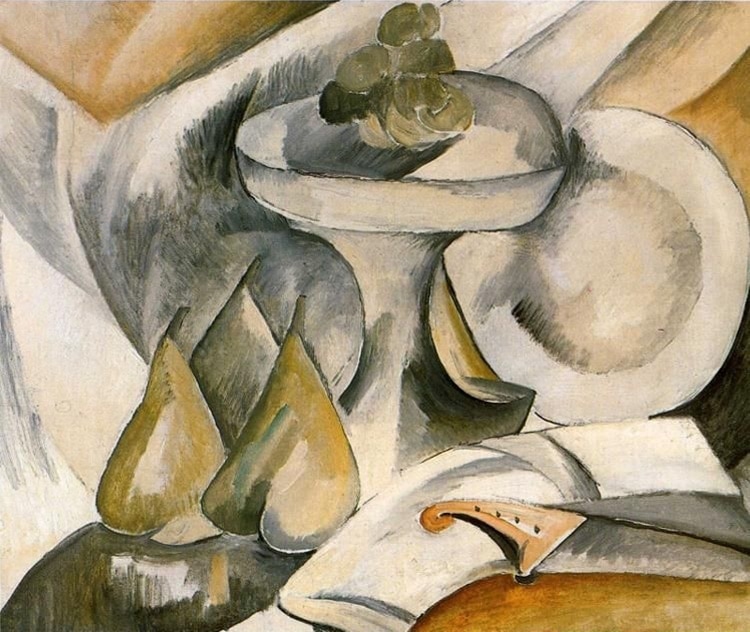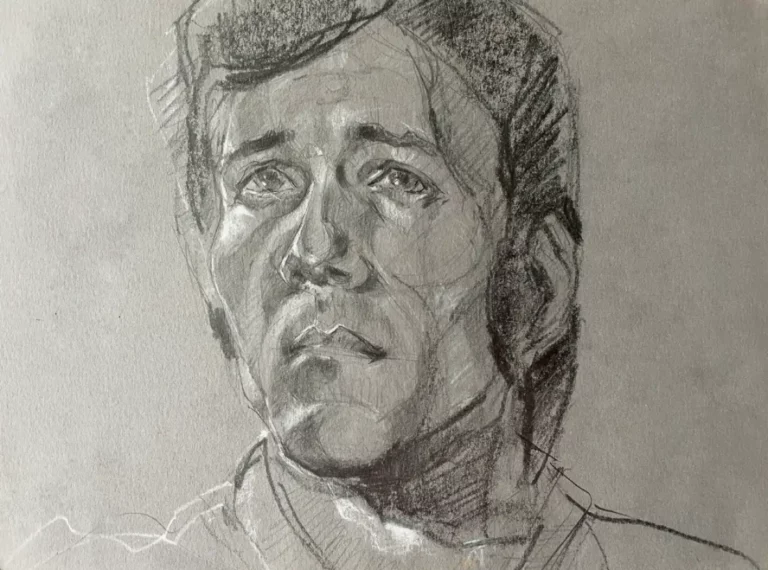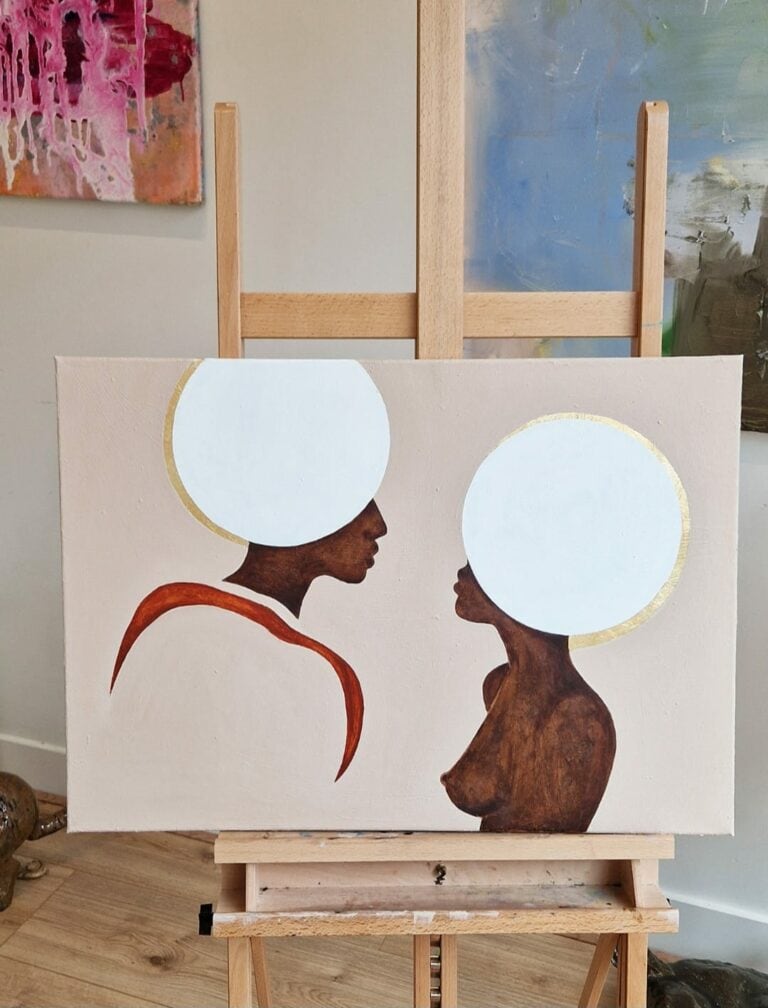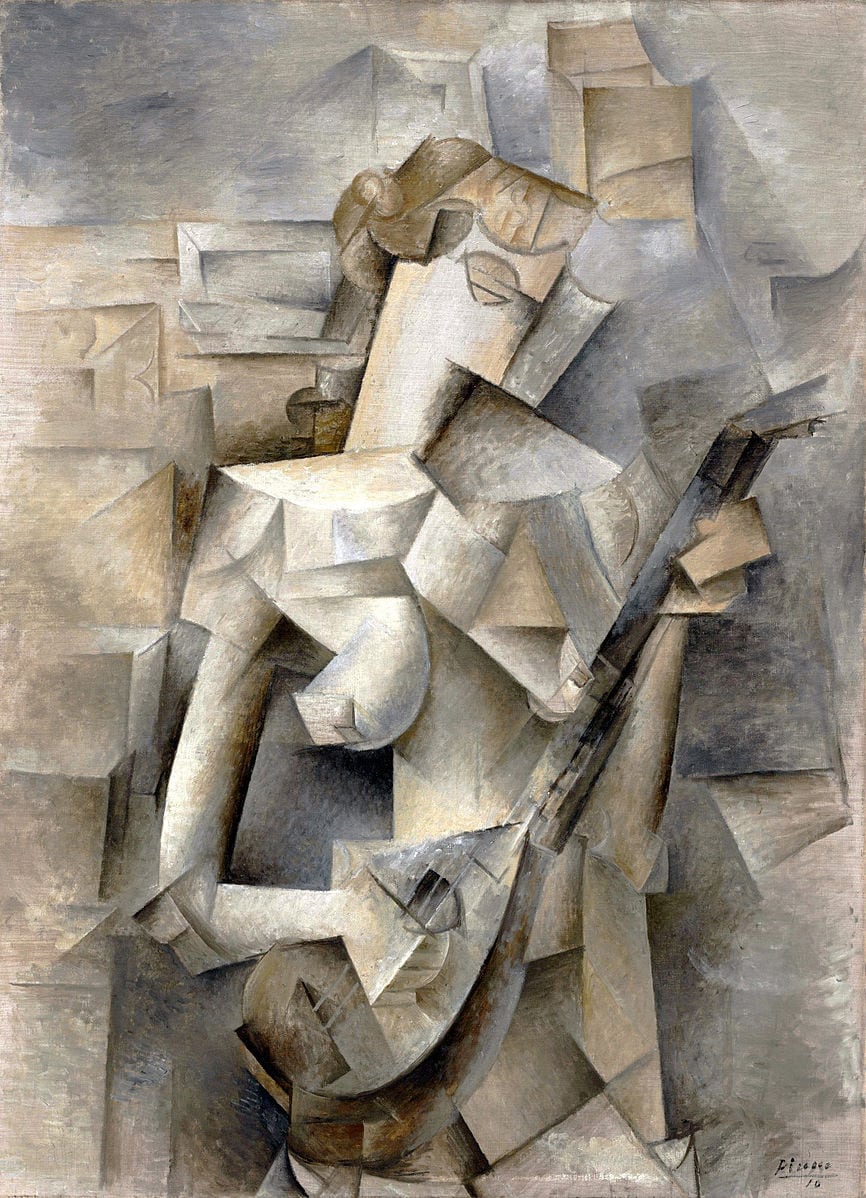
28 April 2021
Cubism
Cubism is the innovative artistic movement that emerged in France in the 20th century, between 1907 and 1908. Its creators were the famous Pablo Picasso and Georges Braque. It includes the visual arts, design and literature.
The year 1907 is taken as the starting date with Picasso’s painting Demoiselles d’Avignon (The Young Ladies of Avignon).
It was an extremely novel style of art for its time It seemed that the masses were not yet ready to leave behind the admiration for the trends of the Impressionist movement to which many artists remained attached, while Picasso and Braque were working hard to develop their philosophy through Cubism.
Those works were at first confusing. The identifying mark of this artistic trend is the use of geometric figures, breaking with the scheme of aesthetic models that preferred perfection in figures and forms. It is an essential trend from which the rest of the European avant-garde movements of the 20th century emerged. It is the definitive separation from traditional painting.
Girl with a Mandolin 1910, by Pablo Picasso, source Wikipedia
Still, Both Picasso and Braque decided to ignore the opinions of their many detractors, resulting in subsequent art movements that took many aspects of cubism, such as Dada.
Cubism rethinks art, forms, perspective, movement, space, volume and color and creates a completely new pictorial and aesthetic language. It creates a relationship between the observer and the artwork. Those who contemplate it can no longer do so passively, but must reconstruct the figures and images in their minds in order to understand it.
In this sense, cubism is outlined as a mental art that separates itself from the resemblance to nature and begins to give value to the work of art as such. The detachment from the natural is achieved by decomposing the figure into smaller parts and planes, which are studied in themselves and not in the complete vision of volume.
In this way, the object can be viewed from different angles, thus breaking with the contour line and conventional perspective. The gradations of light and shadow disappear and the colors of reality are set aside. Black and white now appear.
Geometric forms fill the compositions but do not cross the threshold of the abstract, but respect the form. The figures observed in nature are translated to the canvas in a simplified way, either in cubes, spheres, cylinders, etc.
This movement went through different stages during its development.
Early cubism 1907 – 1909
This is considered to be the initial phase of Cubism, also known as “pre-analytical”. The basis of this stage was the work of Cézanne. It was heavily influenced by African art, due to the use of simplified figures and forms.
Georges Braque, 1908, Plate and Fruit Dish, oil on canvas, 46 x 55 cm, source Wikipedia
Analytical cubism 1909 – 1912
This is the stage of pure cubism and the most difficult to interpret. The figures are decomposed through the use of different geometric forms. Monochromatic tones pervade the works, with brown, green and grey predominating.
During this period, artists like Gleizes and Lothe were still influenced by impressionism. They worked with themes such as war and self-portraits.
Also, the Section d’Or group made its appearance. That was the name given to the exhibition held at the Galerie La Boétie in 1912; it was organized by artists belonging to Orphic Cubism. It marked a milestone in the dissemination of their ideas by bringing together more than two hundred works by different artists.
Together with a magazine of the same title, it turned Cubism into a fashionable school by reflecting its members’ interest in questions of proportion and pictorial discipline, as Luca Pacioli’s book on the Golden Section shows. Its members, grouped together between 1912 and 1914, included Delaunay, Duchamp, Villon, Gleizes, Léger, Metzinger and Picabia, among others. Interested in mathematical abstraction, they maintained the treatment of simultaneous aspects but with a greater degree of imagination.
Synthetic cubism 1912 – 1914
The late period, in this stage the technique of gluing was introduced, with the aim of reconstructing the image that had previously been decomposed. In this phase, the images maintain their physiognomy, but in a smaller size and showing only what is essential to recognize them.
Marcel Duchamp, 1912, Le Roi et la Reine entourés de Nus vites, source Wikipedia
Cubism and War
At the beginning of the 20th century, airs of renewal swept through Europe. The cultural and intellectual scene was very lively: cinema, photography, music, literature, painting and psychology – with psychoanalysis – were exploring new terrain. Artists set out in search of new artistic expressions, and thus witnessed the birth and development of many avant-garde movements: the expressionism inherited from the previous century, Dadaist philosophy, the brief Futurist movement, Surrealism, Italian Futurism and, of course, Cubism.
All these currents broke with aesthetic canons, whether by altering figures, turning paintings into dreamlike scenes or providing multiple perspectives on the same thing.
Within this artistic and cultural richness, Cubism acquired a very important role as the first avant-garde. The angles and geometric shapes that dominate these paintings, the muted colors and the disappearance of traditional perspective are some of the elements that characterize Cubism at the beginning of the century.
The First World War and the Death of Cubism
On 28 June 1914 the Great War broke out, one of the cruelest wars ever known. All the cultural wealth that had emerged and was developing was destined to disappear: many artists, like any ordinary citizen, were called to the battlefield. While some writers, painters or musicians were determined to take up arms, many were forcibly conscripted.
Some of the artists who marched to the front were the poet Guillaume Apollinaire, J. R. R. Tolkien, C. S. Lewis, Ernst Ludwig Kirchner, Franz Marc, Max Beckmann and August Macke. Many of them, such as Franz Marc and August Macke, died at the front.
This was no different for the Cubist painters, which is why it is surprising that the production of the Cubists continued. Many of these artists were called up for the war, such as Georges Braque, who, along with Picasso, was considered the founder of this movement. However, other Cubist artists who were in Paris were not French, so they were exempt from fighting and continued to paint. At the time, Paris was the center of Cubism and the battle front was some 100 km from the city: war was a reality. Even so, they continued to paint although “they rejected war as a theme, leaving it to photography to take over”.
Thus, one finds very vivid canvases that contrast with the darkness of war. However, with the end of the First World War also came the end of Cubism. Although Cubist works can be found in the decades that followed, many of these artists abandoned this style in the post-war period and moved towards other styles.
Cubist production also contrasts with the post-war art scene. After the end of the war, the horrors and consequences of the brutal conflict were still visible in Europe. A large number of artists who had fought on the battlefield became disenchanted and many were traumatized. This experience was to be a recurring theme for many of these artists, such as Otto Dix – a volunteer combatant – who decided to capture the horror of war in a series of 50 prints entitled Der Krieg (The War) (1924), a graphic testimony to what war does to human beings.
“Realist” Cubism
While it is clear from the history of art that Cubism was a movement alien to the war, which survived during it and omitted war themes from its works, there is a close relationship between the war and Cubism.
Picasso produced some of the most iconic and representative paintings of the cruelty of war. Three paradigmatic cases are Guernica (1937), Ossuary (1944-45) and Massacre in Korea (1951), which belong to three different conflicts.
In Osario, Picasso depicts the horrors of the concentration camps by showing a large number of corpses after an execution; Guernica illustrates the destruction and pain of the people after being bombed by the Nazi Condor Legion during the Spanish Civil War; and Massacre in Korea, a painting inspired by Goya’s The Shooting on the Third of May, shows American soldiers massacring civilians.
Related Posts
Art Events
Bloom into Spring with our Flower Press Ceramics Workshop
Discover the beauty of flower-pressed ceramics in this hands-on workshop! Over two captivating hours, you'll learn to create a unique hand-built plate using dried blooms and other natural elements. Whether you're a beginner or seasoned artist, Lorena will guide you step-by-step as you explore this enchanting decorative technique.
Art Events
Portrait Drawing Masterclass: explore lines, shapes and expression
I’ll guide you through some basics of creating a portrait using pencil and some other additional materials. What is really important for you to learn is to observe and pay attention while drawing someone’s portrait. As an academically trained painter I spent countless hours improving my portrait drawing skills, which I will be very happy to share with you. Knowledge has no meaning, if it’s no shared.
Art
That’s Life – Annet van Belkom
In her newest series, That’s Life, Annet draws inspiration from the song ‘That’s Life’ by ‘Scorz’ to express the idea of life happening in cycles. The introduction of the electronic music track is accompanied by a beautiful story about life and reflects on the idea of who we are as humans and the continuity of […]




